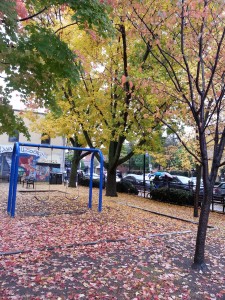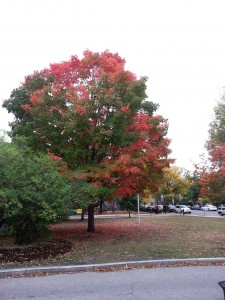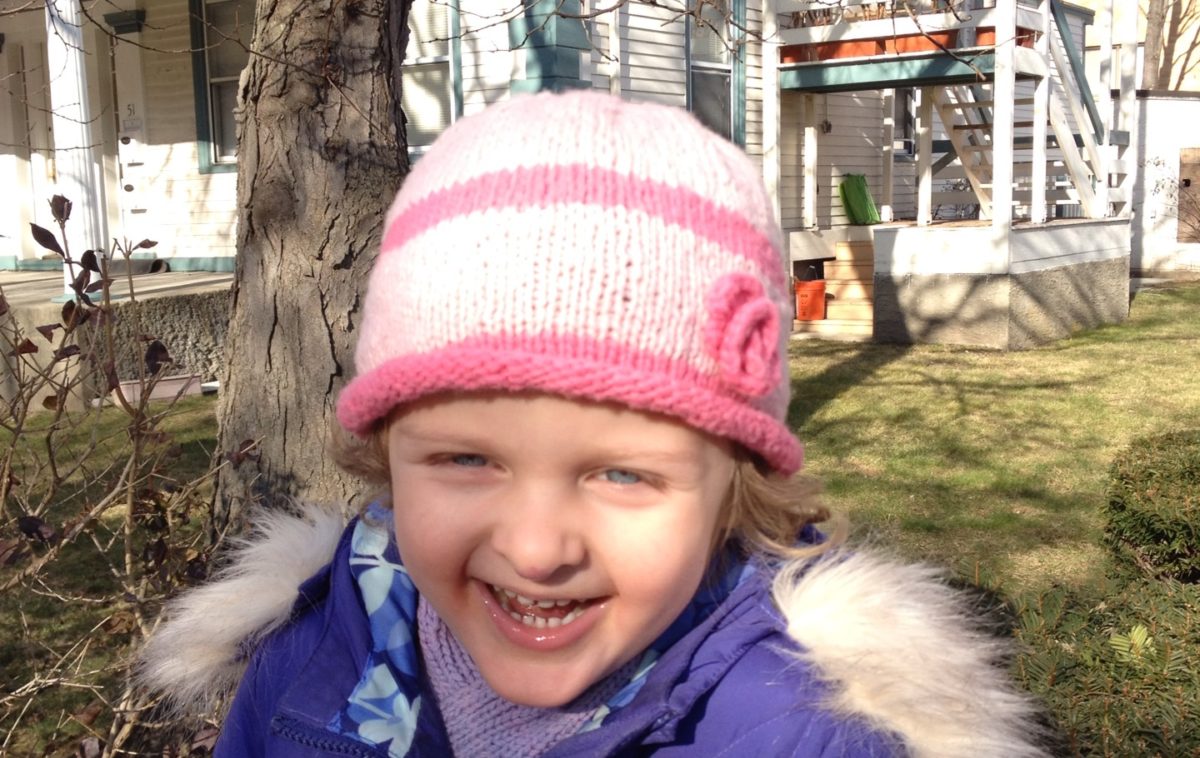I love the month of October. Perhaps it rivals only March when the sheep shearing season is in full swing and the area errupts in farm festivals showing off shearing and selling beautiful yarns made from years’ past fleeces.

 Why do I love October? Beautiful leaves. The anticipation of the cold weather. You can feel the crisp air taking over in the mornings. Hot chocolate all of a sudden feels appropriate. But most of all, October means the arrival of the Sheep and Wool Festival in Rhinebeck, NY at the Dutchess county fair grounds.
Why do I love October? Beautiful leaves. The anticipation of the cold weather. You can feel the crisp air taking over in the mornings. Hot chocolate all of a sudden feels appropriate. But most of all, October means the arrival of the Sheep and Wool Festival in Rhinebeck, NY at the Dutchess county fair grounds.
In case you have never been to the Sheep and Wool, here is a primer.
The fair grounds where the festival takes place consist of about 10 barns. About 2 are dedicated to live animals. Sellers and buyers trade, sell and show sheep, llamas, goats, and rabbits. Then there is a barn or two where vendors are selling fleece (un-brushed) or rowing (brushed and either dyed or not). There is also a large pavilion for food vendors where you will find artisinal cheese, wine, maple candy (a personal favorite), apples, cider and cooking demonstrations. The sheep to shawl competition also takes place here.
The remainder of the space, or about 7 barns (including one that is actually three barns in one), is dedicated to yarn. Here you will find anything from small or large operations that raise the animals, sheer them and spin and dye the yarn themselves, to commercially produced yarn. I usually skip the latter and look for the former. There are also quite a few vendors who buy undyed yarn and then dyeit. Or buy the fleece and then have it spun in the way they like and then dye it. There are blends of wool with other fibers like bamboo, tencel, cotton, silk and others.
How to buy yarn at the sheep and wool festival in Rhinebeck, NY
I’ve been going for about 5 years now and the first year I made the newcomer’s mistake. I looked for bargains, only bought yarn that seemed like a deal and often bought a skein here or there. What I wound up was a few skeins that didn’t match in weight or color, from which I could only make a hat for myself or someone else. I still have some of the yarn form that year. Subsequent years I got smarter, started buying projects
Perhaps my biggest mistake the first year was going without a list of projects I wanted to make. So, this is how you should shop at the sheep and wool festival:
- Save yourself the time waiting in line and buy a ticket on the website (http://www.sheepandwool.com/) ahead of time.
- Make a budget. To do this, estimate the cost of yarn for each project (you can get estimates from yarn.com). Get a final number and write it on a piece of paper or your phone and every time you make a purchase, subtract from your budget. This is the best tactic I have found for keeping purchases done by credit card reasonable. A friend also bring cash and only cash with her, so once you’ve spent it, the buying stops.
- Make a list of items you want to make during the next year. Your list will look a bit different from my list below, if this is your first year. I recommend bringing the patterns you like with you. Ravelry is excellent for researching patterns.
- A sweater for my father in law, worsted weight, in blue color, 8 skeins.
- Socks for my kids, fingering or even better sport weight, 2 skeins, bright colors.
- Additional yarn for my daughter’s blanket, Brooks Farm, Solana (I bought 3 skeins two years ago, 2 skeins last year which were accidentally the wrong yarn), 3 skeins, matching color. I will bring the blanket to make sure I don’t make a mistake again.
- 2 extra skeins of the cream, undyed yarn from the Massachusetts dealer on the top floor of the split barn.
- A light sport weight yarn, preferably wool blend, for a spring fall beret, in blue color.
- Get there early, whether you go on Saturday or Sunday. By around midday, the isles are packed with people and it’s hard to make out heads or tails.
- Start at one of the entrances and work your way around. Use the map given out at the entrance and mark any stalls you really like.
- If you see a yarn you like, ask the seller whether it will fit your project. Most sellers are honest and helpful to guide you to the right choice.
- If you like a yarn that you find and it fits your project, buy it. If you don’t buy it, by the time you come back, someone else will have bought it.
- Don’t buy yarn on an empty stomach: eat lunch. The festival can become a time warp and before you know it, it’s 2pm and you’re starving. Don’t do that. Brave the long line and eat some lunch at 12.
- Don’t forget the maple candy and cider for the ride home.
See you at Rhinebeck!
